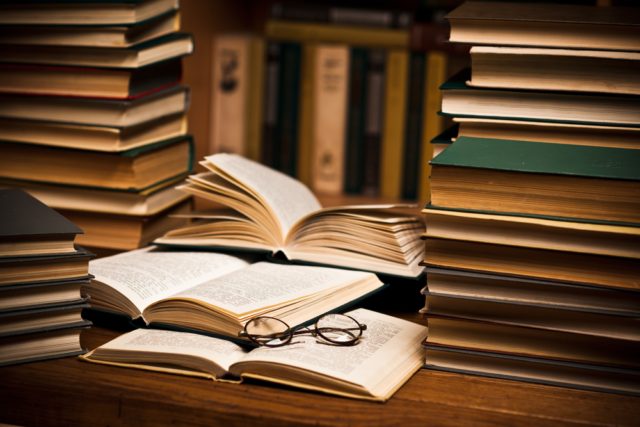
Linguistic analysis of the literary text is designed to reveal and represent the idea of the book, and the author’s point of view in relation to the reality created by the writer. In order to analyze the text in detail, it is necessary to take into account and study its different levels. The order of the analysis depends on the specifics of the particular work and the features of the author’s talent. Below you will find a short plan of writing a comprehensive literature review. We wanted to be a truly useful article on how to write a literature review, so we cut on wordiness and give you a simple plan full of useful details.
Brief Literature Review Plan:
- Facts about the creation of the book.
- Problematics (topic) and idea.
- Composition. A short story.
- Heroes, their characteristics and significance in the book.
- Genre. Features of the language used by the author (at the level of vocabulary, syntax, phonetics, and morphology).
- Means of expressiveness. Their meaning.
- Rhythmics, trophy, the size of the verse (point for poems).
- The influence of the work on the English/American or any other national and world literary community.
- Personal evaluation or subjective opinion.
Text, Its Signs, Type of Speech, Style of Speech
1. Text. Its Main Features:
- The unity of all its parts (thematic and compositional);
- The relationship between proposals, which is implemented through different levels of language units;
- meaningful integrity (given by the topic);
- disclosure of the author’s theme and ideas (completeness).
2. Types of Speech:
Narrowing
- “story” about some event, reality;
- observance of time sequence;
- the outset, the development of action, the culmination, the denouement;
- the sequence of narration — can be direct or reverse;
- answer the questions: What? Where? When? ;
- genre: a story, a fairy tale, etc;
- words to be used in this part: once, suddenly, first, then, at the end, etc.
Description
- a superficial view of the object and its characteristics;
- the simultaneity of sentences;
- a general examination of the subject, particular features of the subject, author’s assessment, conclusion;
- words to be used in this part: before us; in the center; on the left of; to the right; in the distance.
Discussion
- presentation, explanation, a refutation of any thought;
- the cause-effect relationship of sentences;
- is there a thesis? Arguments? How well is drawn a conclusion?
- the text answers the question: why?
- words to be used in this part: I think; I suppose; in my opinion; at first; consequently; this way.
3. STYLES
All these styles can be used separately or even in one book. Choose the most applicable one and describe it using the following tips and characteristics:
Casual Style
- the main function: informal communication of participants;
- sphere of use: household;
- the expressiveness of words, frequent use of phraseological units, interjections;
- syntactic simplicity, a dialogue form;
- subjectivity (personal content evaluation), possible logical inconsistency;
- information, use of facial expressions and gestures.
Style of Artistic Literature
- the main function: aesthetic and communicative;
- sphere of use: aesthetic (communication through fiction);
- reality, emotionality, multi-style;
- the use of all types of speech;
- use of all possible means of expressiveness of the language.
Public Style
- the main function: informative and effective (news, propaganda);
- sphere of use: mass communication;
- motivation for action, emotionality, agitation;
- terms, concepts from areas of public interest;
- exclamation, incentive proposals, rhetorical questions;
Officially/Business Style
- main function: accurate transmission of business information;
- sphere of use: official;
- accuracy of presentation, conciseness, compactness of presentation, brevity;
- the use of standard, commonly used turns (clichés);
- complex words, abbreviations are included;
- use of verbal nouns (prescription, execution);
Scientific Style
- the main function: informative;
- sphere of use: scientific activity;
- the lack of figurative means;
- a sufficient number of special vocabulary, concepts and terms;
- use of complex sentence construction, repeatability of keywords.
Of course, not all of these points will be applicable to every book or every text you need to analyze. Choose the most applicable one and save this article to your bookmarks, so you can use these tips later. If you are looking for the best website or literature review writing service for getting assistance from experienced writers, you can easily order it online. It is up to you what to choose. Good luck!
Views: 385


whatinguide com
What themes does the author explore in the book?